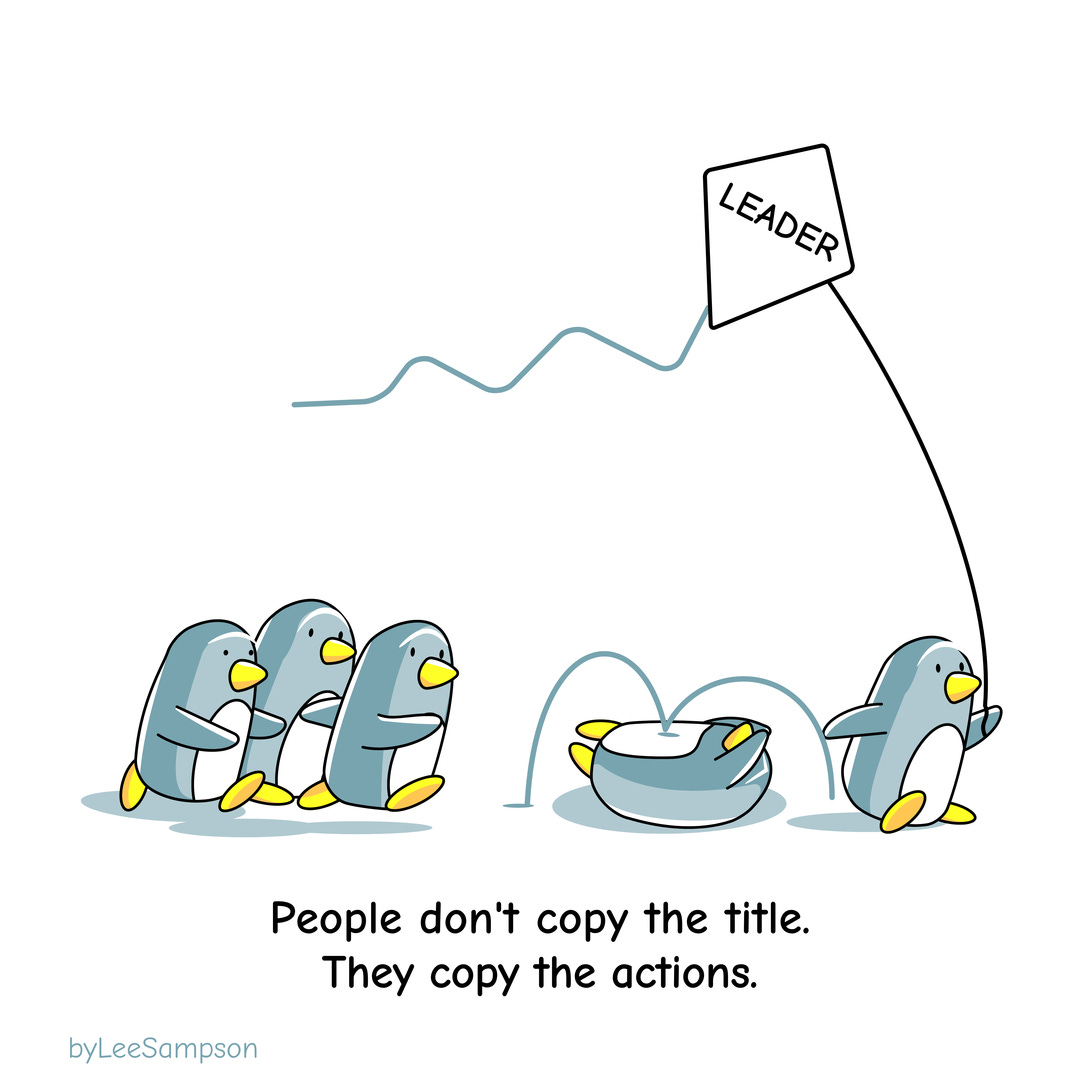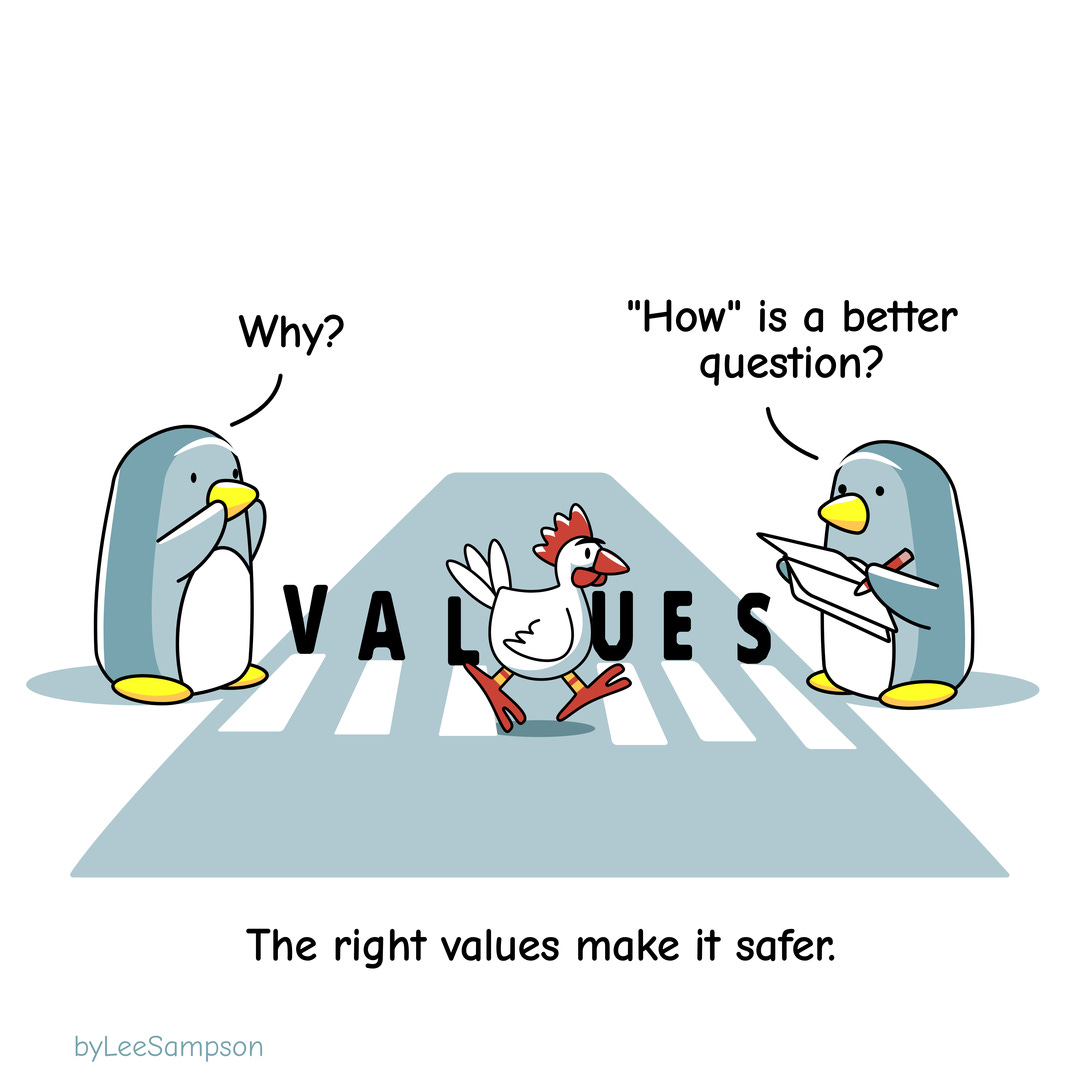Culture: Defining and Building the Foundation
Welcome back to the fifth article in my 20-week series exploring the "Leadership Wheel" from my book, "The Illustrated Guide to Leadership Soft Skills." We've previously delved into the essential elements of Empathy, Unifying Team Goals, Trust and Respect, and Communication, each a vital cog in the wheel. Today, we turn our attention to Culture, a cornerstone of effective leadership.
A sustainable culture depends on the integrity of the previous three elements, which help provide a handrail for navigating the definition of culture. We will cover the first two of the three elements needed for a positive, safe, and sustainable culture: define and build. Next week, we will cover the "sustain" facet.
Team culture is a critical element in building successful teams; it cannot be delegated or ignored without consequence.
Culture is shaped by leaders and requires a thoughtful understanding of how our actions impact those around us—both upstream and downstream. This includes everything from how you communicate with others, your attitude towards health and safety, to your willingness to bend or break rules.
Every action you take is observed and contributes to the norms of "how we do things around here.
Why is culture important?
Culture can be broadly defined as the way we conduct ourselves, even when no one is watching. The interactions of a team in the absence of their leader reveal more about that leader's influence on culture than interactions when the leader is present.
Culture can significantly impact a team's success and can pose the biggest risk since we cannot control how people feel.
Define
Leaders play a crucial role in shaping how team members experience their work.
This goes beyond the volume of work, the type of tasks, or the goals to be accomplished; it revolves around how individuals feel while they are at work. Understanding this aspect now involves recognizing the way culture allows us to connect across distances and time.
Whether we are in the office, across the country, or spread around the globe, it is the invisible force of our culture that unites us. Shared routines, rituals, language, and our collective agreements on how to operate as a group serve as the common threads that bind us together and define our identity.
Since culture is woven into the essence of who we are as human beings, there is little need to impose or reinvent behaviours. Instead, we can naturally cultivate these behaviours by discovering our common ground.
Building a team culture, whether in-person or remotely, can be as simple as establishing a morning coffee routine, sharing smiles or laughter, celebrating collective achievements, and fostering connections through shared communication.
Values
One of the best ways to help define the culture is a team discussion around values.
Think of values as signposts for the team, similar to pedestrian crossings.
They are constantly visible guidelines that help keep people safe and headed in the right direction and work best when they are used by everyone and keeping your values visible helps take you and the team from point A to B safely.
Build
As a leader, if you want to bring out the best in your team members, you must invest time in understanding their unique stories.
We are all different for a reason; we can't achieve unity by fighting against this diversity.
Insisting on a "one-size-fits-all" approach often leads to team members feeling pressured to be someone they are not. This can create dissonance at an individual level, which may manifest in various ways and negatively impact the team.
One-on-one discussions with a leader provide an opportunity for team members to express their individuality and explore how their unique traits can enhance their approach to tasks.
The first step is to help people feel comfortable in their skin, allowing them to be themselves without the fear of fitting into a mould.
The second step is to understand what "good" looks like for each person in terms of growth and to assist them by sharing skills, time, and expertise on that journey.
The third step is to come together as a team to reach a consensus on what "good" means for the group, establish those expectations, and act as guardians of that standard.
While results are important, a leader who fosters self-respect, mutual respect, and a sense of togetherness will always be remembered as truly great.
Environment
It's not where we are that defines us, but where our heart is.
Leadership is a challenging role because, at its core, the focus should be on making it easier for people, not the other way around. Creating an environment where team members can share their unique problems, challenges, and frustrations allows for development and growth.
As leaders, it's important to reflect on the idea that the experiences and environments we create will be felt by others. People-centric leaders understand the significance of this dynamic on multiple levels. Sending people home feeling miserable, upset, angry, or stressed will invariably have a wider impact.
However, if you send people home feeling educated, understood, and motivated—armed with a sense of the importance of adding value—your influence can have a wider positive impact on society.
We mostly share the environments we contribute to, transforming fear, anger, and negativity into love, hope, and positivity is akin to human photosynthesis. In a team environment, this might involve taking the time to define the behaviours, actions, and traits that foster a positive atmosphere, while providing clear guidelines on what detracts from it.
Smiling
Being curious about frowns and caring enough to learn how to turn them upside down is another crucial skill that leaders use to show they care. It’s not about people-pleasing or forced grins at 9 a.m.; it’s about understanding that genuine care and support create an environment of true compassion.
We know work feels different when genuine smiles are shared around the room. A human smile is a universal gesture that helps people feel safe; it signals the absence of threat, allowing everyone to be at ease. The importance of smiling in human interactions is accentuated by our ability to discern between genuine and forced smiles. If you aim to create a workplace where people feel safe and comfortable with each other, don’t underestimate the power of a simple smile.
A new leader can foster this environment by:
Leading the way with a genuine smile each morning when greeting others.
Learning about what brings individuals joy in their lives and showing genuine care.
Consistently find reasons for the team to smile—ideally daily, if not weekly.
The Past
Address the past or wear it again, especially if you are leading a new team.
The quality of your questions will improve the quality of everyone's experience if you want to move forward.
What was working well?
What wasn't?
What would you do differently and why?
Is there anything I should know?
A good analogy is to think of how much of a challenge it is to find space to write new things on a whiteboard if it is still full of what the previous person has left behind.
In summary, culture is built by defining shared values and then creating an environment where individuals feel valued and can be themselves. This means understanding your team, fostering open communication, and leading with genuine care. In essence, it's about setting the stage for how people feel, not just what they do.
As I continue this 20-week series, exploring all aspects of the "Leadership Wheel", I hope you will join me on this journey. I encourage you to consider how you can implement these ideas into your leadership style, and take the time to create a sense of unity in your teams.
You can find my book, “The Illustrated Guide to Leadership Soft Skills”, where you will find these ideas and more, and over 500 illustrations to help you navigate the often difficult world of leadership. by following the links below:
Author and Illustrator Lee Sampson uses a people-centric approach and creative vision to make leadership development accessible and enjoyable. Inspired to illustrate over 1,000 Penguin cartoons on LinkedIn, Lee believes that we all have the potential to change our world for the better, by starting from the inside out.
Disclaimer: This article has been created using insights from my book, “The Illustrated Guide to Leadership Soft Skills”. I have used my expertise combined with the capabilities of AI which has helped me refine this version to improve readability.













